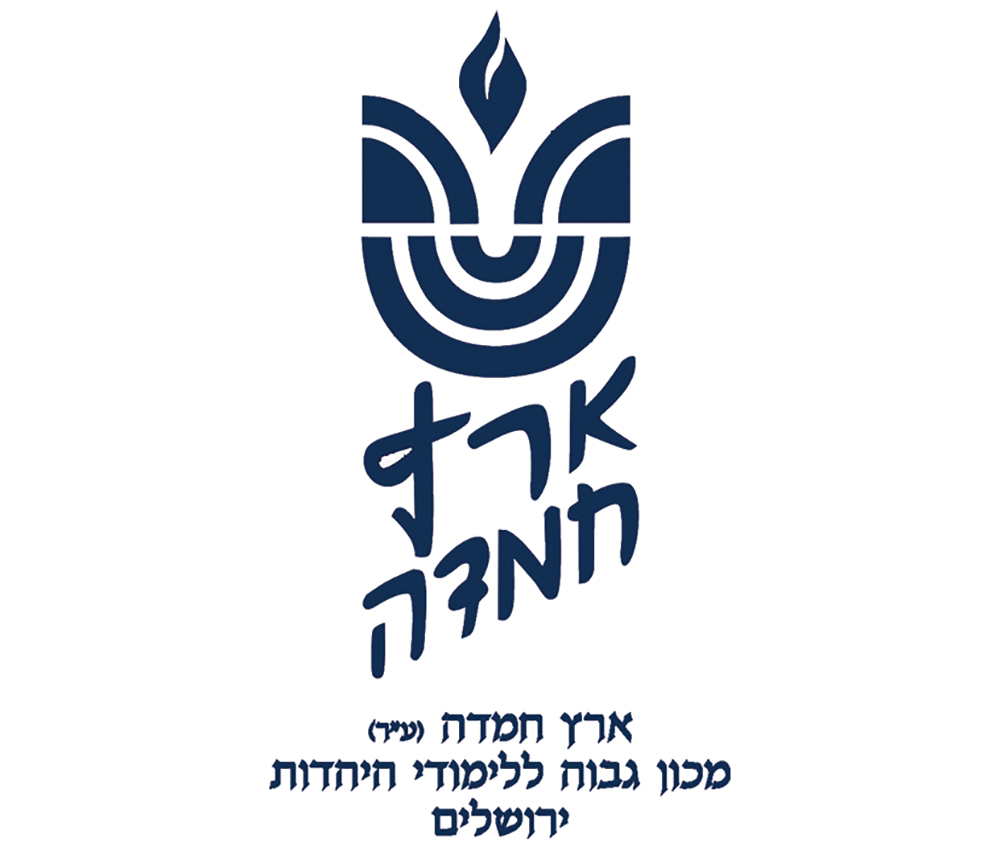לעילוי נשמת
יואל אפרים בן אברהם עוזיאל זלצמן ז”ל
Question: One of my tzitzit strings ripped so that it was very short. May I tie the ripped part to the stub to restore it to legal length?
Answer: According to your description, the tzitzit are kosher without reattachment, as we will explain. If the other tzitzit are of kosher length (details are not our focus) and only one string ripped, the tzitzit remain kosher for the following reason: The Shulchan Aruch (Orach Chayim 12:1) cites two opinions on leeway regarding ripped tzitzit strings. The Ri posits that each of the four strings can be “too short” on one of its ends if the other end is the proper length. (Background: Each corner of the tzitzit has four strings, which look like eight because both ends of the strings face in one direction. One can know the pairings of the string ends if he—as recommended—was consistent about keeping the same four string ends together on opposite sides of the knots.) Rabbeinu Tam holds that two of the four strings must be complete on both ends. If only one of the eight strings became too short, the tzitzit are kosher according to all.
Now to your question about whether it is possible to fix tzitzit by tying on a string to a stub. Retzuot of tefillin that are tied together are not kosher (Menahot 35b; Shulchan Aruch, Orach Chayim 33:5) because we derive from the word “u’keshartam” that there must be a “keshira tama” (i.e., attaching the tefillin with unblemished retzuot). The Taz (Orach Chayim 12:3) and Magen Avraham (15:1) posit that the disqualification of tying is unique to tefillin, as generally, things that are connected by a permanent knot form one halachic unit. The Magen Avraham points out—for example—that when threads are tied together, their new size counts regarding size requirements of the laws of “negaim.” Although there are some halachic comparisons made between tefillin and tzitzit, here, it makes sense to follow the precedent found in the Gemara (Menachot 35b) that the remnants (gardumei) of tzitzit strings are kosher, whereas the remnants of tefillin retzuot are not because tefillin have a level of sanctity that tzitzit do not.
The Taz, though, points out that the connection needs to be made at the right time, because of the concept of “taaseh velo min heasui.” This means that regarding mitzvot that require acting to create the object of the mitzvah (including sukkah or tzitzit), the creation must be significant at the time it was done, as opposed to receiving its significance retroactively. For example, if one tied three sets of tzitzit strings on a three-cornered garment (for which there is no mitzvah of tzitzit) and later forms a fourth corner, the existing sets of strings are invalid until he redoes them (Shulchan Aruch, Orach Chayim 10:5). So—says the Taz—if one ties strings together before attaching the tzitzit to the garment, all is fine. However, if one originally attached tzitzit strings that were too short and tied on extensions afterwards, it is pasul because of “taaseh velo min heasui.”
What is more complicated is when the tzitzit were fine when they were attached, later strings ripped and one wants to return them by tying. This seems to depend on a difference of opinion regarding a case of a mitzvah that was done properly, lost relevance and was restored (see Pitchei Teshuva, Yoreh Deah 286:13—regarding mezuzot on a doorway which went in, out and back into obligation in mezuzah). The Baer Heitev (Orach Chayim 12:3) cites our Taz as saying that our case would be fine, but the Shaarei Teshuva (ad loc.), Eliya Rabba (12:1) and Mishna Berura (12:7) point out that the correct reading of the Taz is that it is pasul.
However, the Mishna Berura (ibid.) points out that if one fixed a string when the tzitzit had enough kosher strings, it is not a problem of “taaseh velo min heasui” and the string, apparently, counts in your case. The value of fixing can show itself if other strings rip even later. Also, an individual short string is not optimal (see Taz ibid.), and reattaching the string apparently fixes that drawback.
Rabbi Mann is a dayan for Eretz Hemdah and a staff member of Yeshiva University’s Gruss Kollel in Israel. He is a senior member of the Eretz Hemdah responder staff, editor of Hemdat Yamim and the author of “Living the Halachic Process, Volumes 1 and 2” and “A Glimpse of Greatness.”










